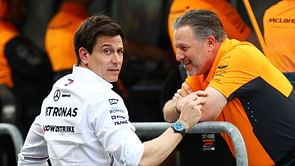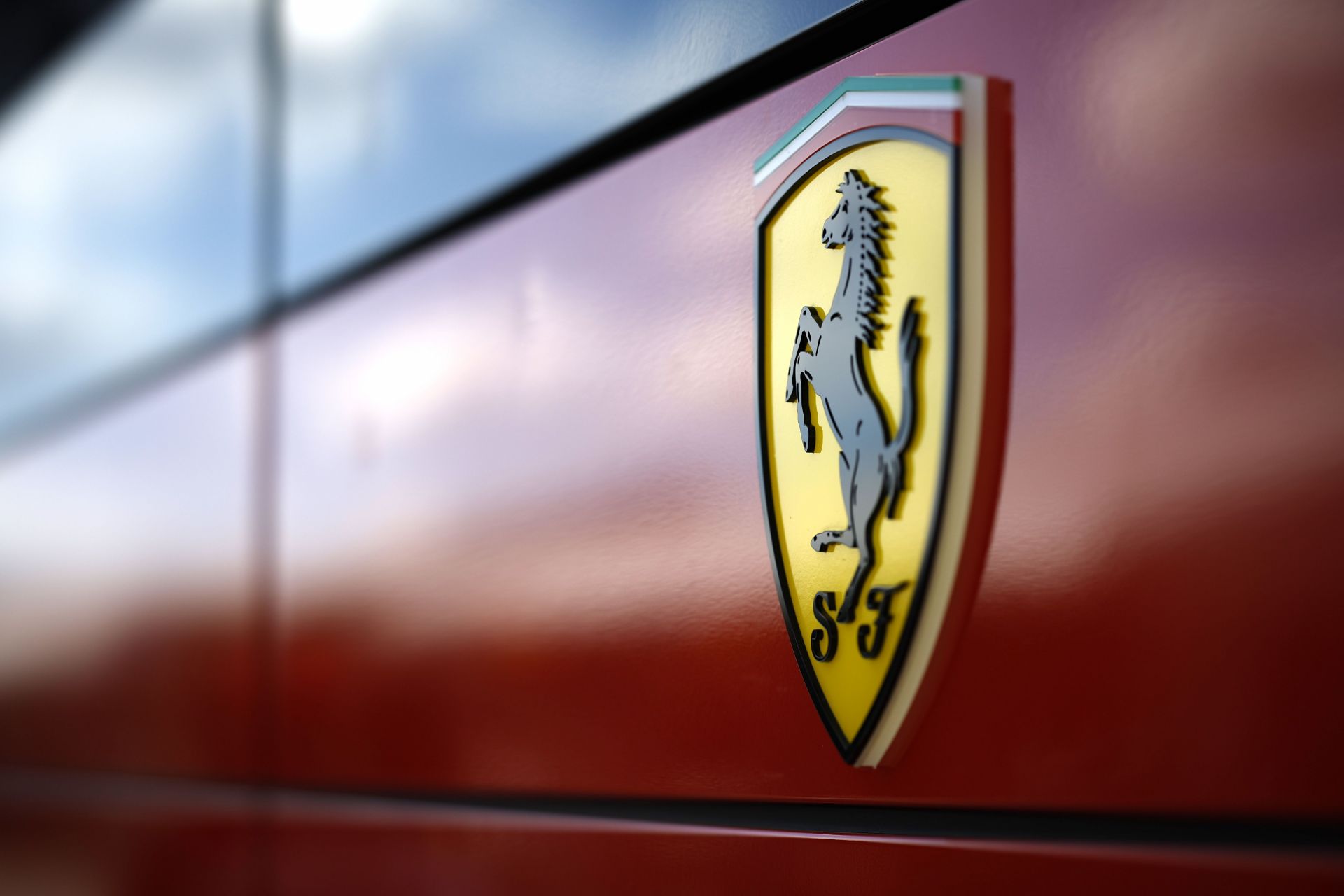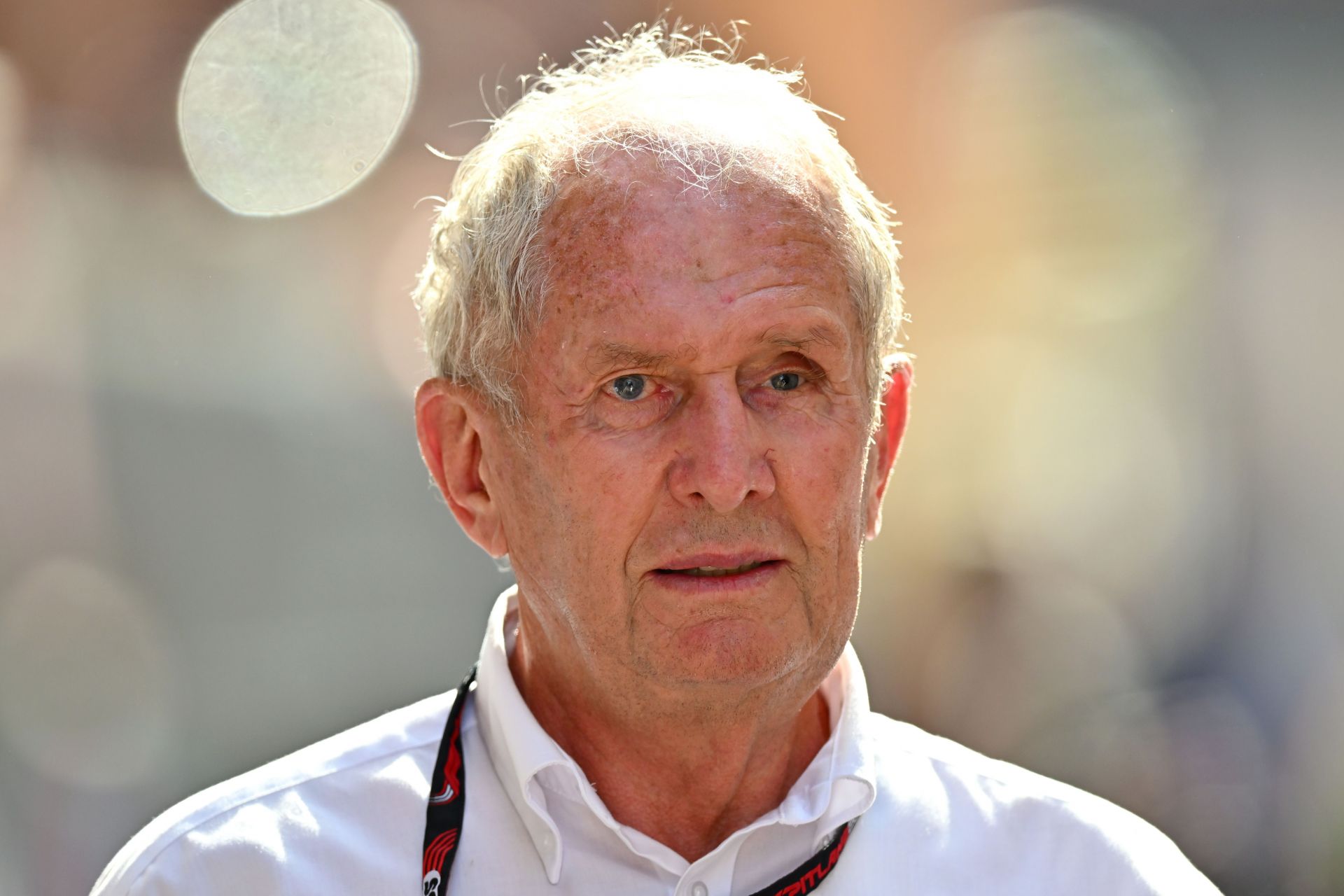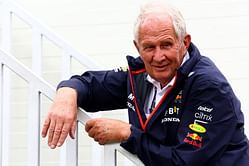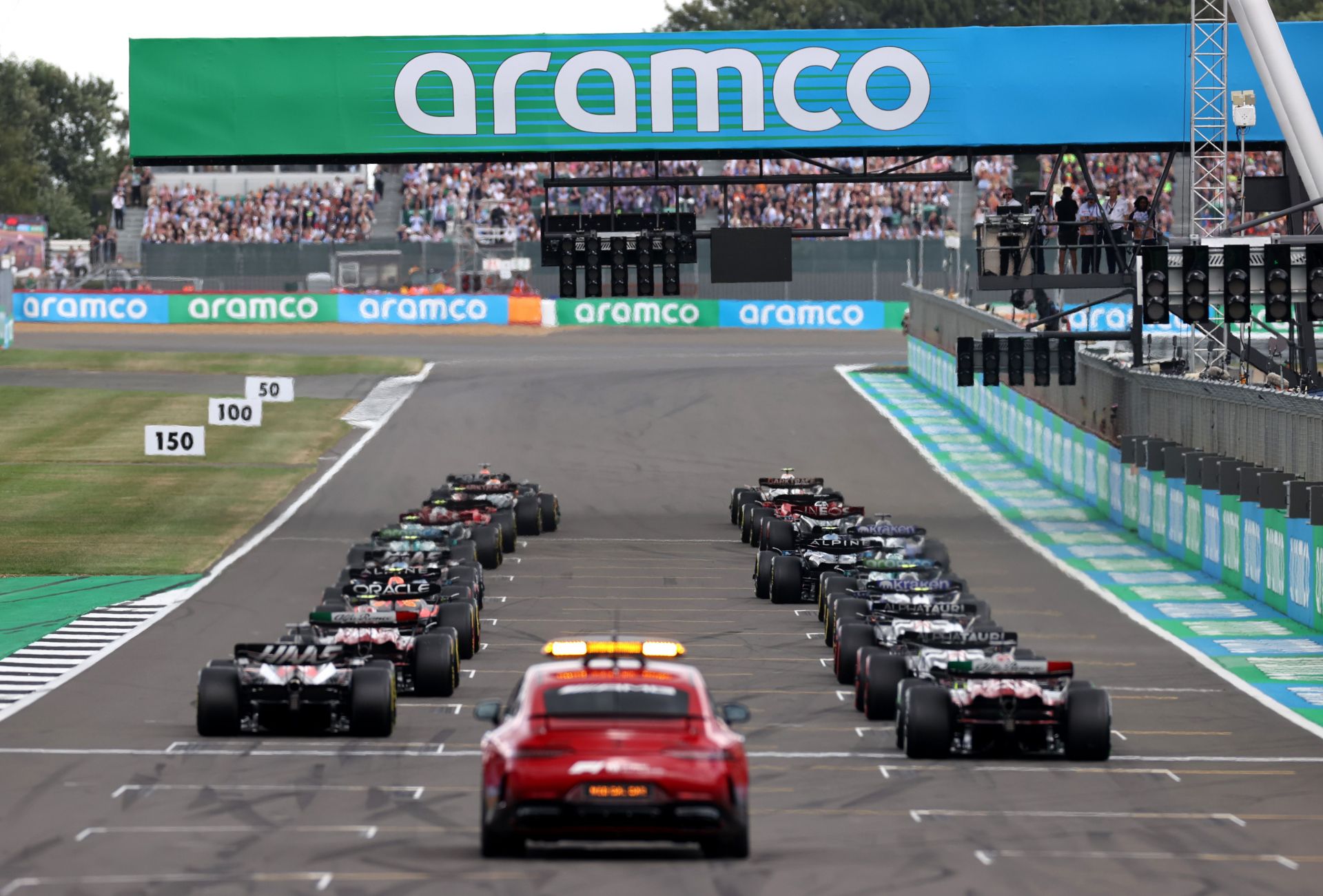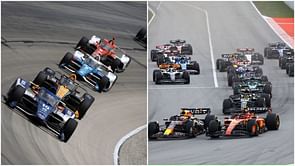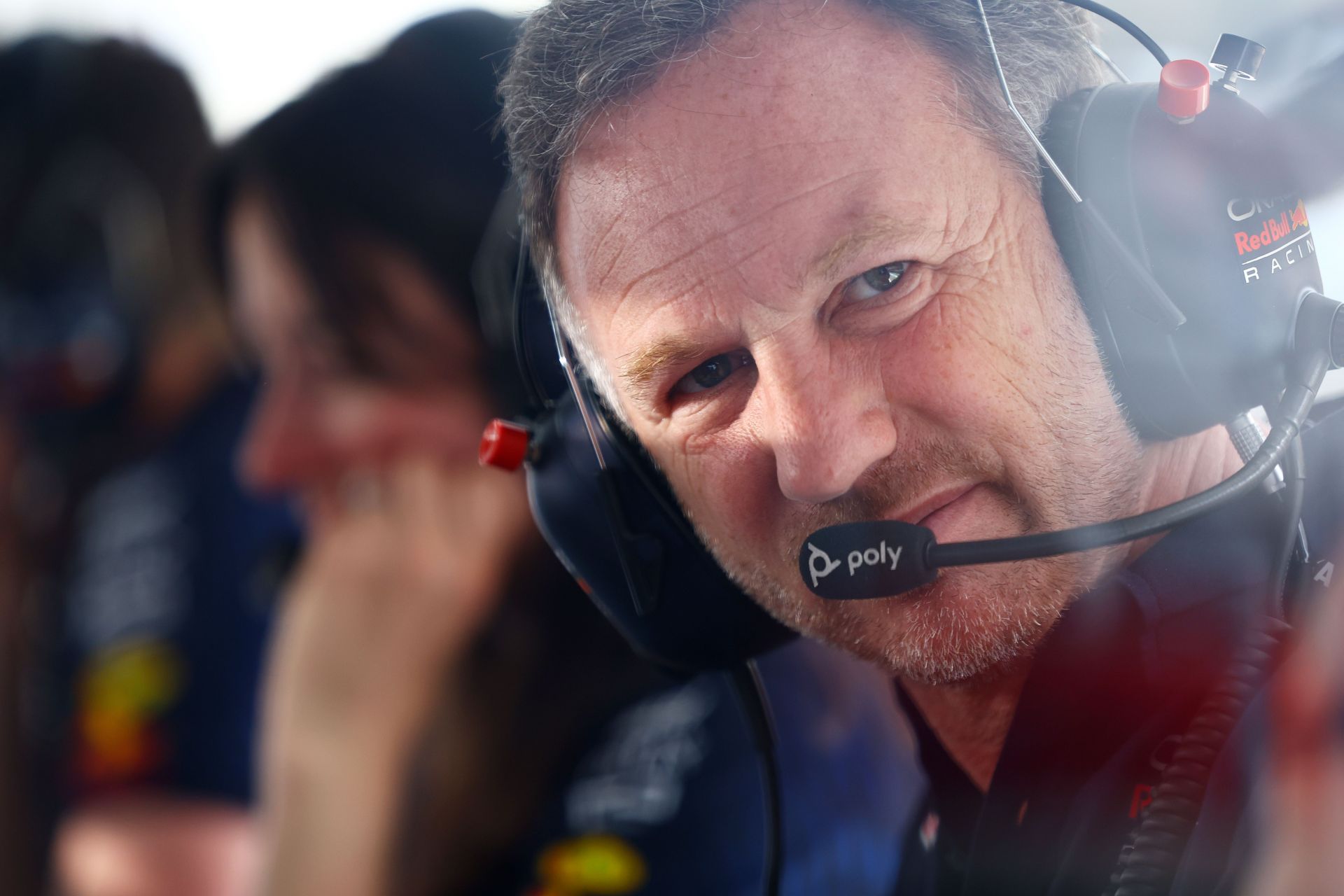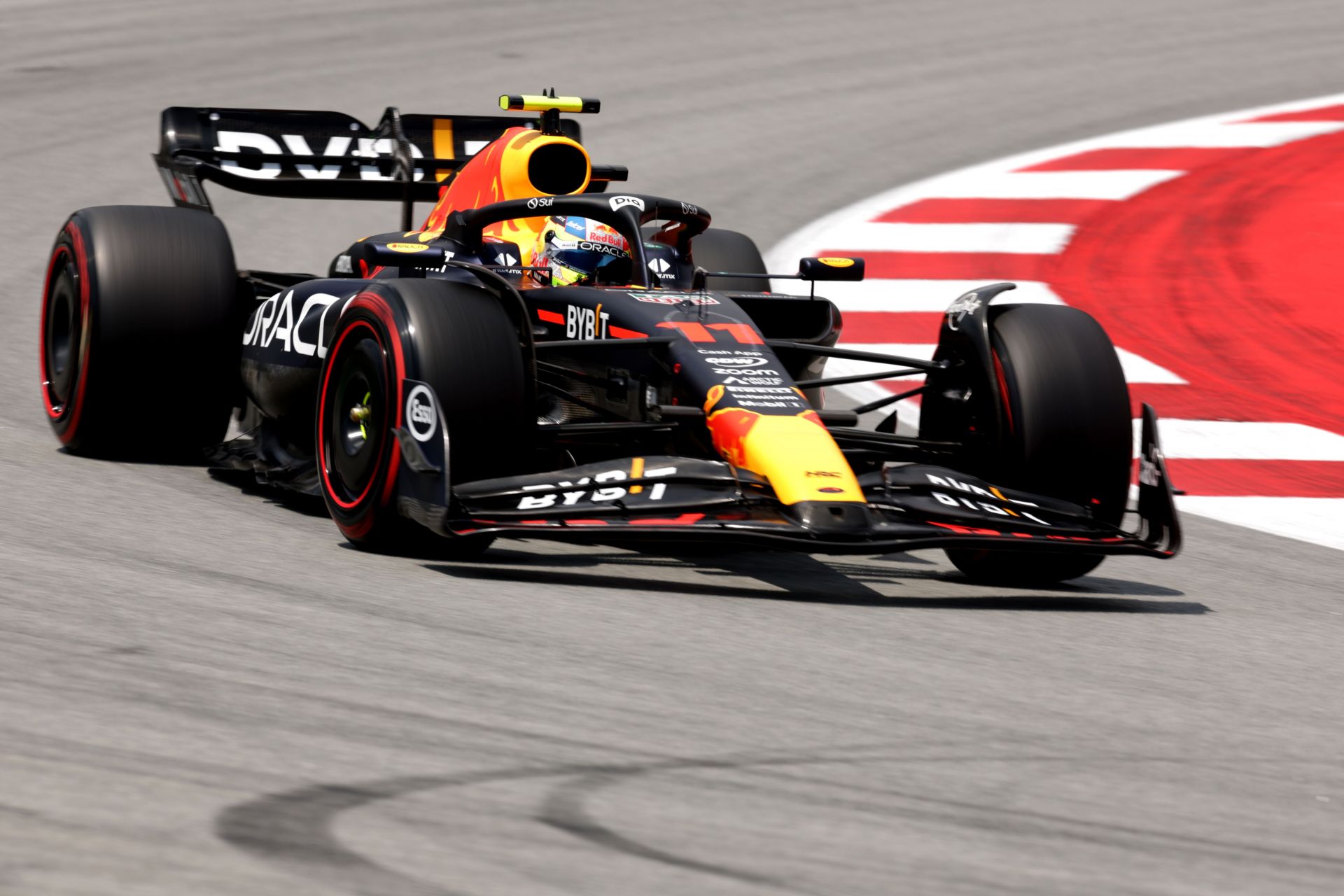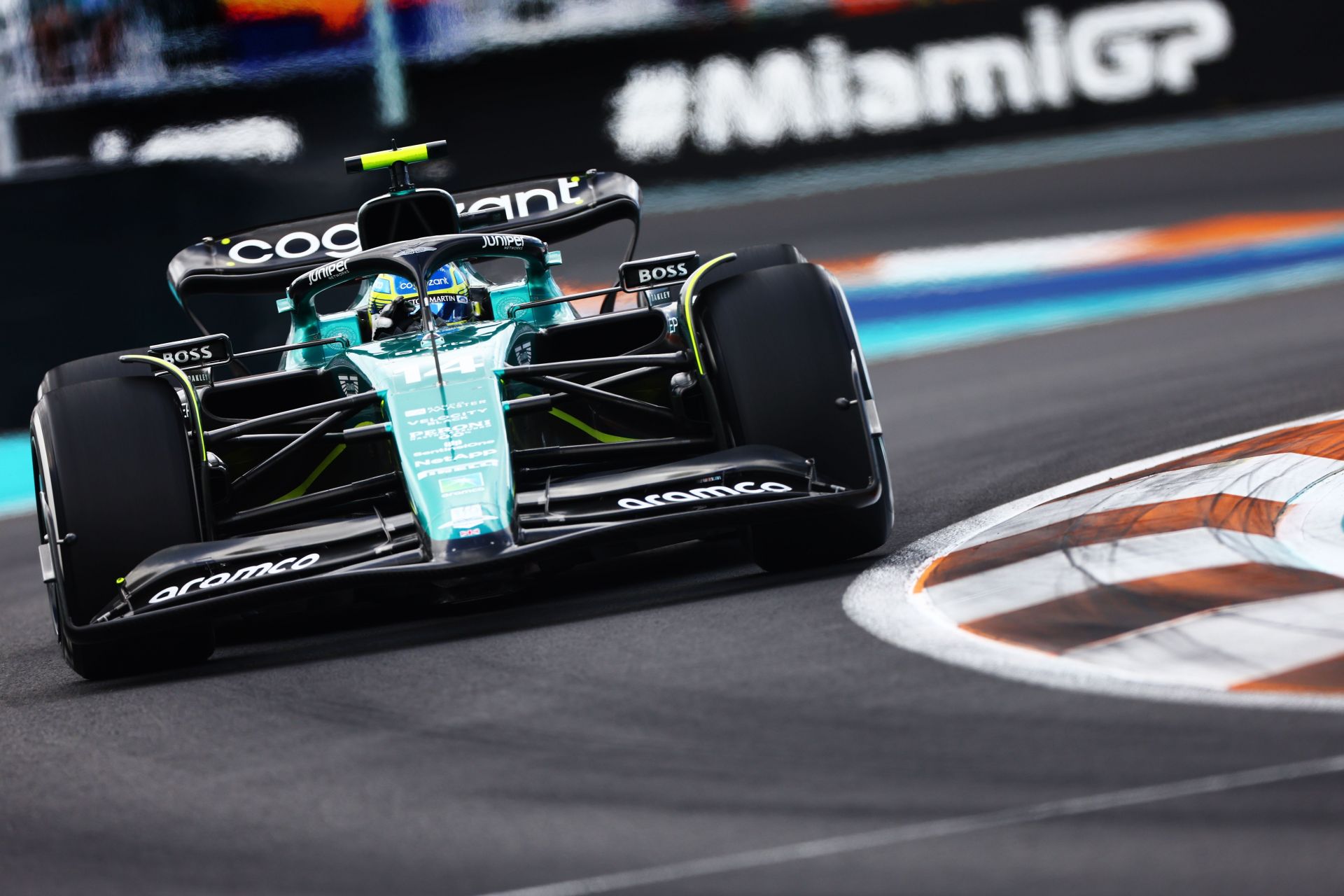With the sunset of the 2.4 litre V8 engine era in 2013, in 2014 the world of Formula One and its fans
woke up to the roar, or I would say ‘hiss’ of the tech driven hybrid V6 turbo engines, the switch in the
engines was taken as pronounced by the then F1 boss Bernie Eccelstone, that the world was moving
towards more eco-friendly ways of mobility and the global warming torch bearers were pointing their
fingers and were shouting aloud, that the glamourous world of Formula one is least bothered about any
issues as such, where in the sport taking a milli-second out of every lap mattered more than saving that
last drop of unleaded fuel that goes into the fire breathing V8 engines.
![]()
So, coming to the V6 these engines were anything but load, but boy oh boy it was laden with tech. Churning out over 340 Kmph from that puny of a motor is a feat in itself, so how did they achieved those numbers. Designing the tiny V6 was hard because its architecture is very different to the incumbent V8s. If the engineers cant prevent the turbo from producing a knocking within the combustion chamber, the engine will blow up, which is something they cant afford as only five are permitted per driver per year.
The KERS system was thrown out of the window and in comes two modern generator units namely MGU-K, recovering energy from braking and MGU-H electric motor, which recovers energy from the exhaust, yes you read that right Exhaust!
How it works is, under acceleration the internal combustion engine will be sucking the
reserve of fuel, the turbo charger at this time will be rotating at 100,000 RPM, in tandem the MGU-H
motor will recover energy from the heat an energy lost in the exhaust and give it to the other MGU- K
motor which in turn is connected to the crankshaft of the ICE, will act as a motor and deliver added
power to pull harder, Fan of those back straight overtakes under the DRS zones now you know the
Mathematics as to what is working overtime to pull off that over-take! And the MGU-K is also intelligent
enough to save fuel under circumstances, should the electronics are mapped. The engineers you see in
the garages and pit wall work tirelessly to monitor this balance between energy harvesting, energy
deployment and fuel burn. This is much more complex than it looks, but one thing these cars are still
good at is going ‘flat out’ though overtaking has reduced a lot from the V8 era.
The biggest beneficiary of this hybrid era has been Mercedes with the most number of poles, wins and
fastest laps and since 2014, the shining F1 constructors title has graced the Mercedes Petronas F1 team
headquarters in Brackley, UK.
